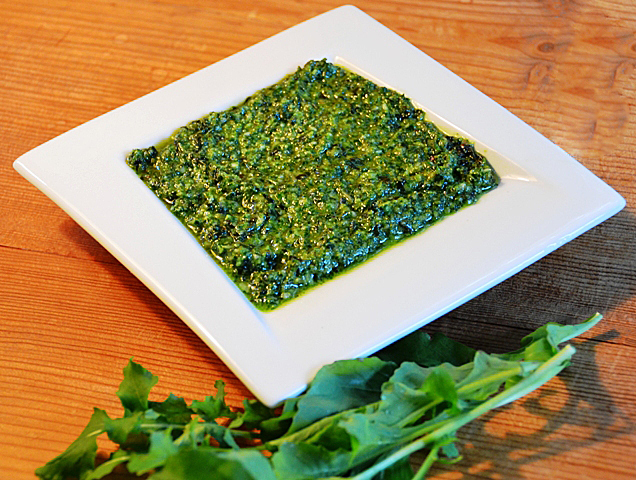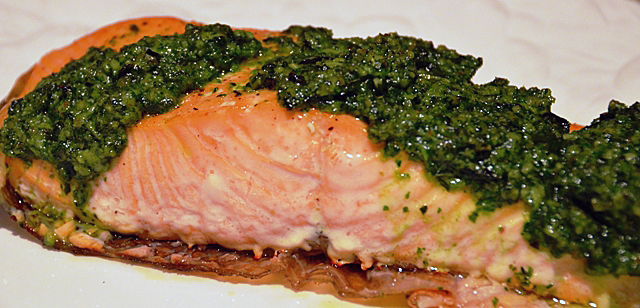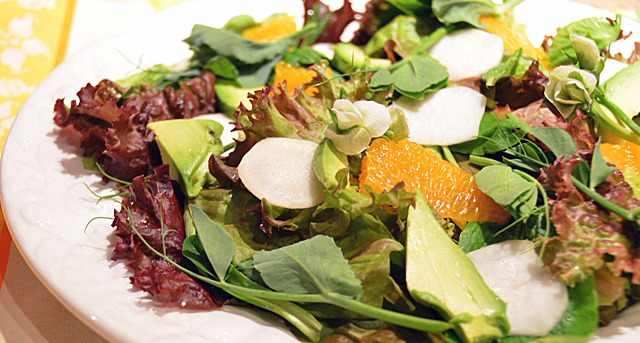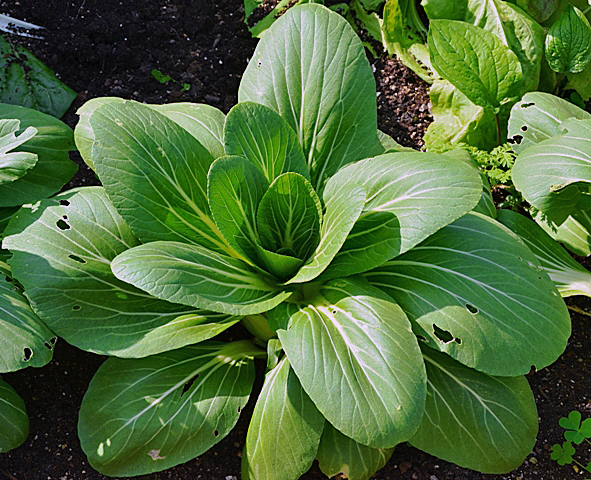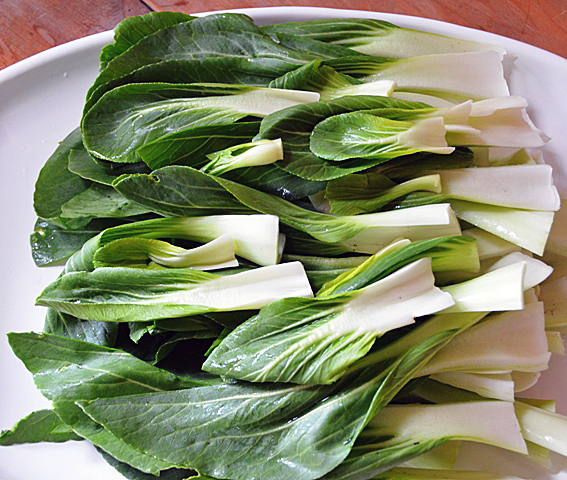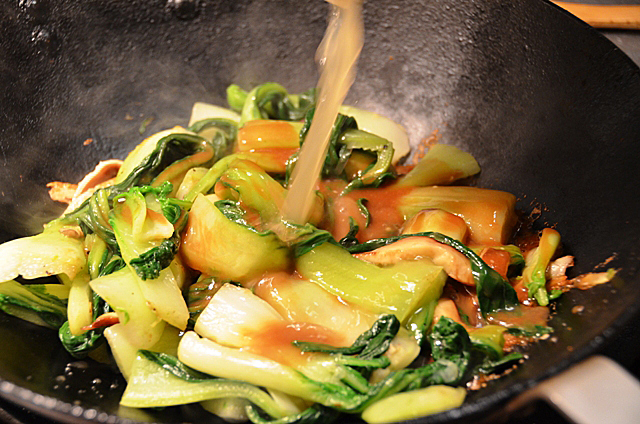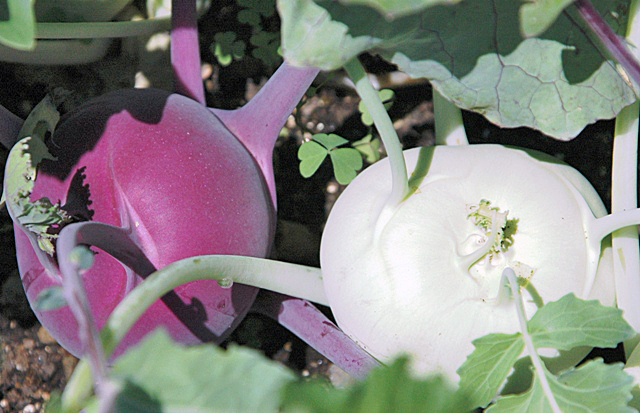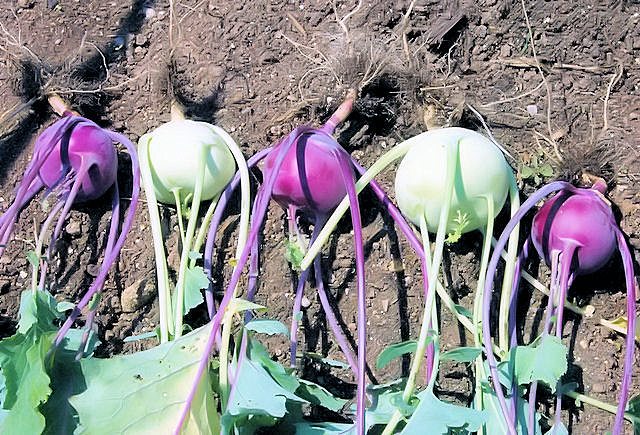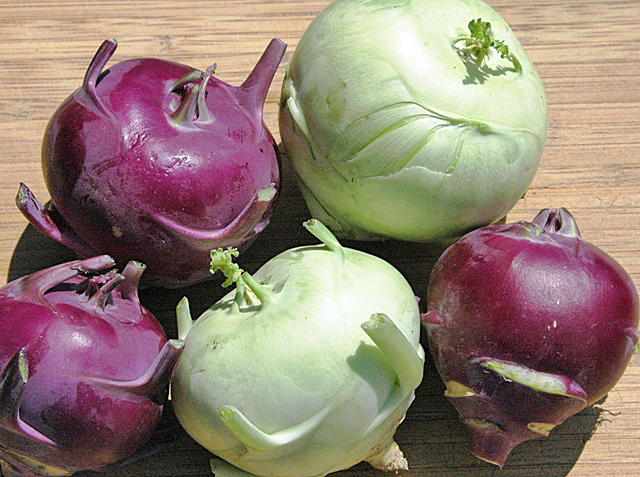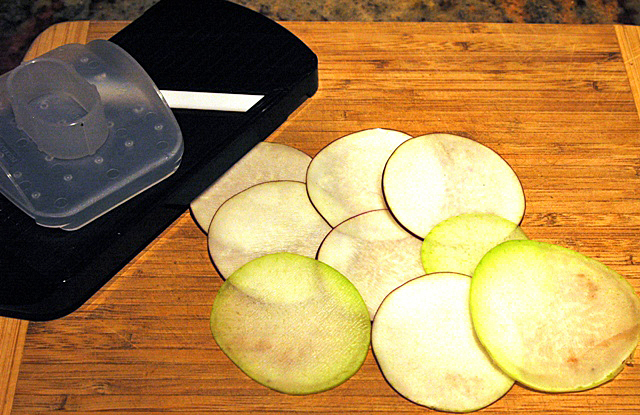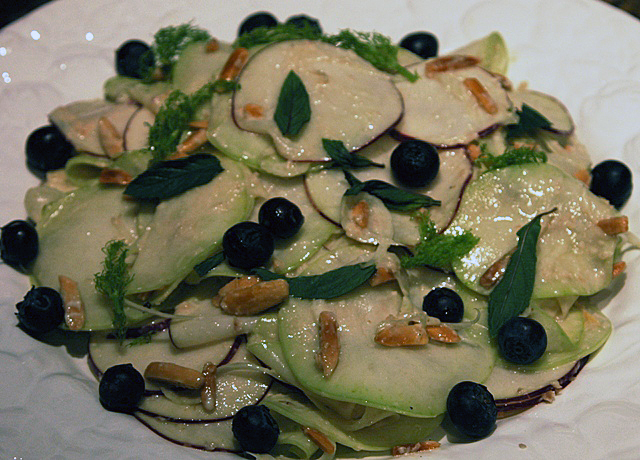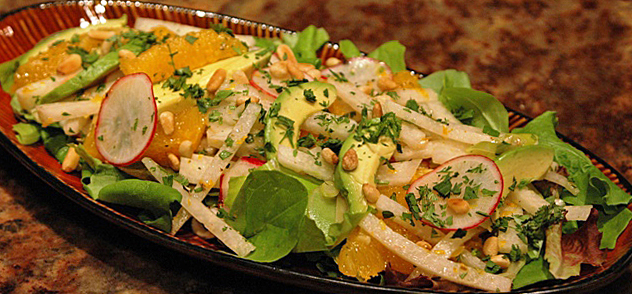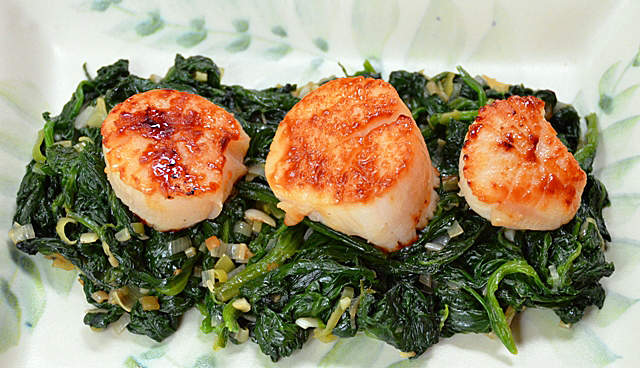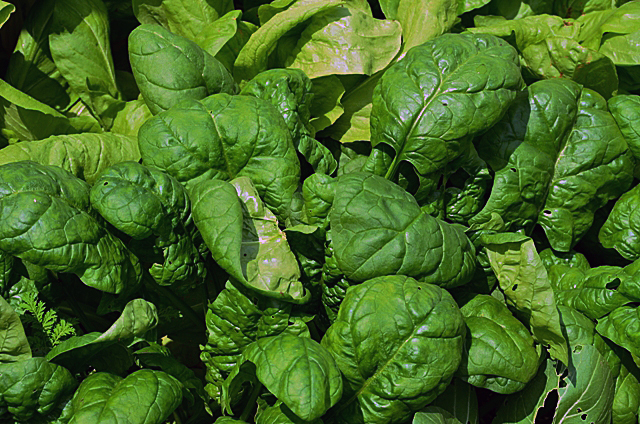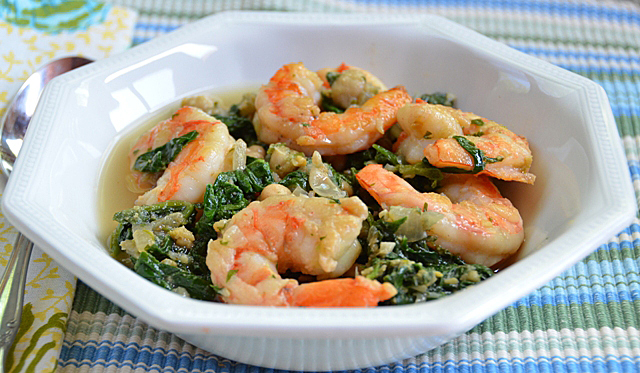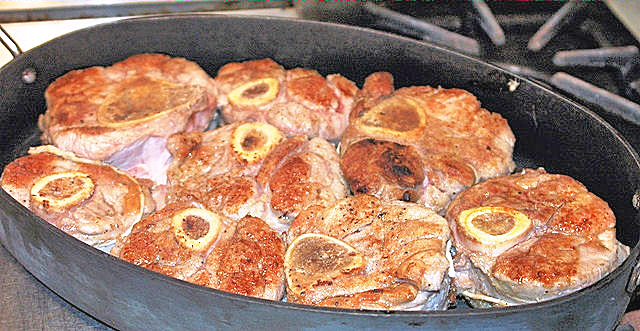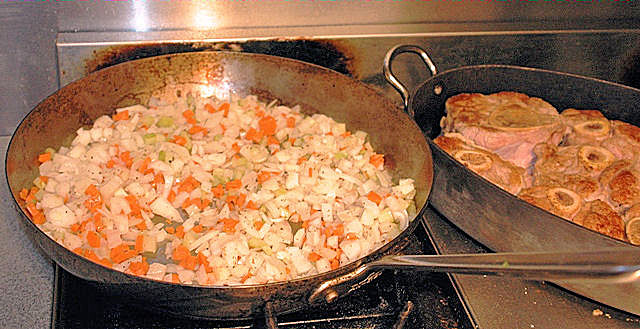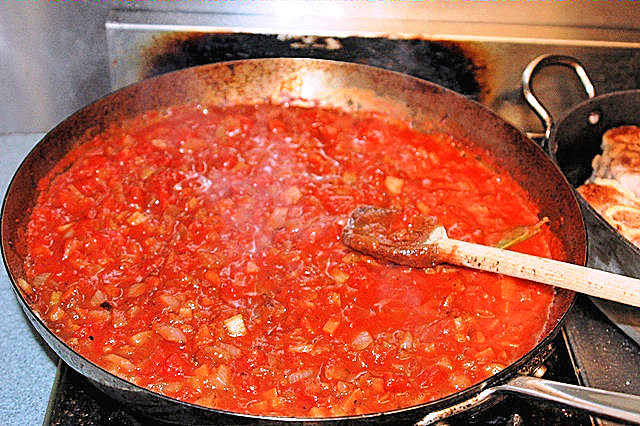Considered trendy in the 80’s, arugula is still popular with chefs and home cooks alike thirty years later. The peppery green is known by many names, arugula, roquette, rocket, rugula or rucola. It may be the herb known as oroth in the Bible (2Kings 4:39-40). Even though it looks like dandelion greens or oak leaf lettuce, it is a member of the brassica family like broccoli and cauliflower, and is low in calories and rich in vitamins A and C, calcium and iron. We have been making succession plantings this spring so there is always more than enough arugula to add to our salads. In this recipe from Fine Cooking magazine the sharp peppery flavor of the arugula is a pleasant contrast to rich fattiness of the salmon. This recipe calls for arugula and basil, if your arugula is on the mild side and not “hot”, all arugula could be used. Different nuts such as pistachios, pecans or pine nuts could be interesting. Arugula pesto would also be good tossed with pasta or potatoes, added to soft goat cheese as a spread or even as a pizza topping. We use the Canadian fisheries method of cooking fish which equates 1 inch of the thickest part of the fish to 10 minutes of cooking time. We use a tool, a little fish-shaped ruler with a slide called “perfect fish”. After some research, the only source I could find was Fante’s, a gourmet cookware store in Philadelphia, but they are currently out of stock. Lacking the “perfect fish” use a ruler to measure the thickness of your fish.

Roasted Salmon with Arugula Pesto
adapted from Fine Cooking magazine
Serves four
Ingredients
- 1/3c walnut pieces
- 2c loosely packed fresh arugula
- 1c loosely packed fresh basil
- 1/4c freshly grated Parmesan cheese
- 1/4c extra virgin olive oil
- 4 6-8 oz skinless salmon filets
Directions
- Preheat oven to 450F.
- Toast walnut pieces in a small dry skillet over medium heat until fragrant and a bit darker, about 4-5 minutes. Let cool slightly and transfer to a food processor.
- Add arugula, basil, Parmesan, and garlic and process until the mixture is finely chopped, this should take less than a minute.
- With the motor running, slowly add the olive oil in a steady stream until well combined.
- Transfer pesto to a bowl and season to taste with salt.
- Cut salmon into individual servings and salt lightly (kosher or sea salt)
- Measure thickest part of steak with the Perfect Fish tool. (every 10th of an inch equals 1 minute of cooking time at 450 degrees F)
- At 1 minute prior to calculated time of completion, remove from oven and coat with thin layer of pesto and return to oven for 1 minute.
- Serve immediately or be sure to remove from baking pan immediately (so that the fish does not continue to cook.)
- For a more translucent preparation decrease cooking time by 1-2 minutes
- Serve on warmed plates
